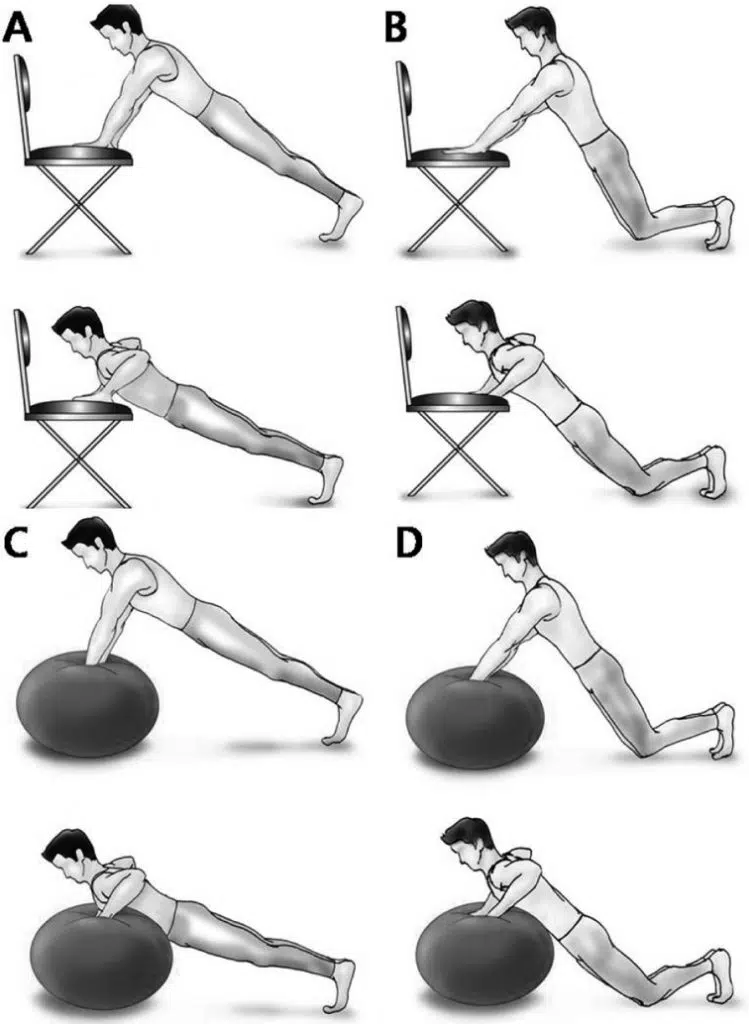The shoulder is one of the largest and most complex joints in the body. There are three joints—the AC or acromioclavicular joint, the glenohumeral joint, and the scapulothoracic joint—all of which involve the scapula to some degree.
The rotator cuff contains four muscles, three of which sit on the backside of the scapula and rotate the arm outward (external rotation) and one in front that rotates it inward (internal rotation). The trapezius muscle contains three parts: the upper part pulls the shoulder blade up and in, the middle portion pulls the shoulder inward, and the lower section of the muscle pulls the scapula down and inward. The chest muscles rotate the arms inward. The “bursa” or a fluid-filled sac that cushions, lubricates, and protects the rotator cuff tendon attachments. The “labrum” attaches to the rim of the “socket” or cup, to give it more depth and stability for the ball to sit in.
While this arrangement gives the shoulder a wide range of motion, it also makes it less stable and more vulnerable to injury. There are many injuries that can affect the shoulder, with one of the most common being tearing of the rotator cuff tendons (called “tendinitis” or “tendinopathies”), which often lead to bursitis, or swelling of the bursa sac, resulting in shoulder impingement (pain raising the arm). In fact, over half of the people in their 80s have tears of the rotator cuff.
Exercises for Shoulder Pain
There are many exercises that help return function to the shoulder in both non-surgical and post-surgical cases. Exercises are aimed at restoring motion, strengthening weak muscles, and stabilizing the shoulder. However, studies show that the best results are achieved when scapula stabilization exercises are included in the treatment process.
One GREAT exercise for stabilizing the scapulae is called the Push-Up Plus (PUP). This is performed by positioning yourself into a push-up position (either toes or knees—you choose based on strength) with your hands shoulder-width apart, elbows locked straight, and the fingers pointed outward (thumbs at 12 o’clock). Instead of dropping the chest to the floor, PUSH the middle of the back upward toward the ceiling. Hold the position for three seconds and SLOWLY return to the start position. Repeat five to ten times and gradually increase reps as you’re able.
There are several variations of this. For example, rotating your fingers inward increases activity in the rotator cuff muscles (the most important muscle group for shoulder stabilization) and reduces activity in the chest muscles (pectoralis major) and scapula elevators (levator scapula). You can also alter this by raising your feet to different heights, as the higher the feet, the greater the serratus anterior muscle activity! Your doctor of chiropractic can advise you on which shoulder stabilization exercises may provide the most benefit for your unique case.


